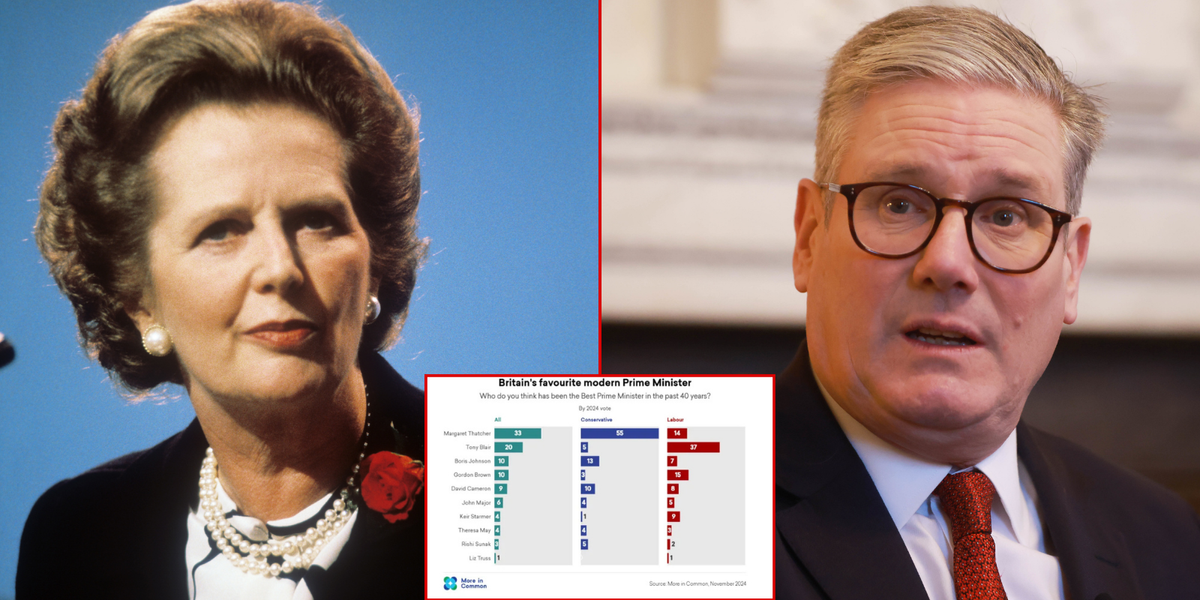As US president-elect Donald Trump returns to the White House for his second term next month, global markets and US trading partners are bracing for what could be one of the most dramatic reshapings of international commerce since World War II.
His campaign promises suggest an even more aggressive stance on tariffs than his first term, with proposals for a universal baseline tariff of up to 20 per cent on most imports and potential tariffs as high as 60 per cent on Chinese-made goods. These signals alone are prompting Asian countries to re-evaluate their supply chains and investment strategies before he takes charge.
The Trump administration’s aggressive stance towards China during his first term, marked by the trade war which began in 2018, fundamentally altered the economic relationship between the world’s two largest economies.
Trump’s approach to import tariffs aligns with his “America First” economic vision, emphasising the protection of US industries to address trade imbalances. His first-term policies targeted what he described as unfair trade practices, intellectual property theft and the erosion of US manufacturing jobs, particularly in relation to China.
When Trump became president in 2017, the federal government collected US$34.6 billion in customs, duties and fees. This doubled under his watch to US$70.8 billion in 2019. US tariffs on Chinese goods also escalated to cover about US$370 billion worth of imports.
These measures had significant collateral effects on Asian economies integrated into Chinese supply chains. GDP growth in developing Asia fell from 5.9 per cent in 2017 to 5.2 per cent in 2019, partly attributable to rising trade tensions.

 By South China Morning Post | Created at 2024-12-15 21:31:07 | Updated at 2024-12-15 23:50:58
2 hours ago
By South China Morning Post | Created at 2024-12-15 21:31:07 | Updated at 2024-12-15 23:50:58
2 hours ago







